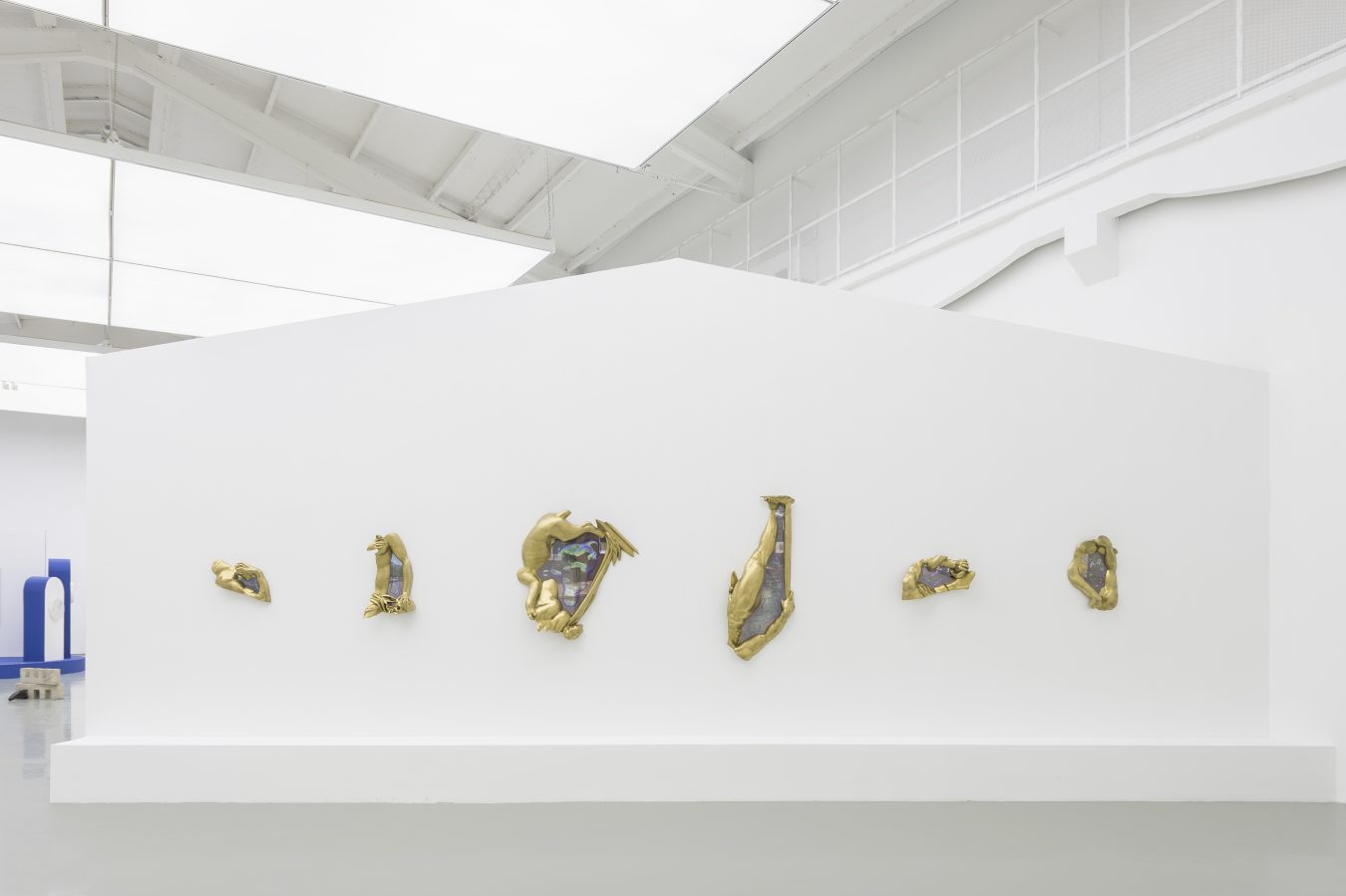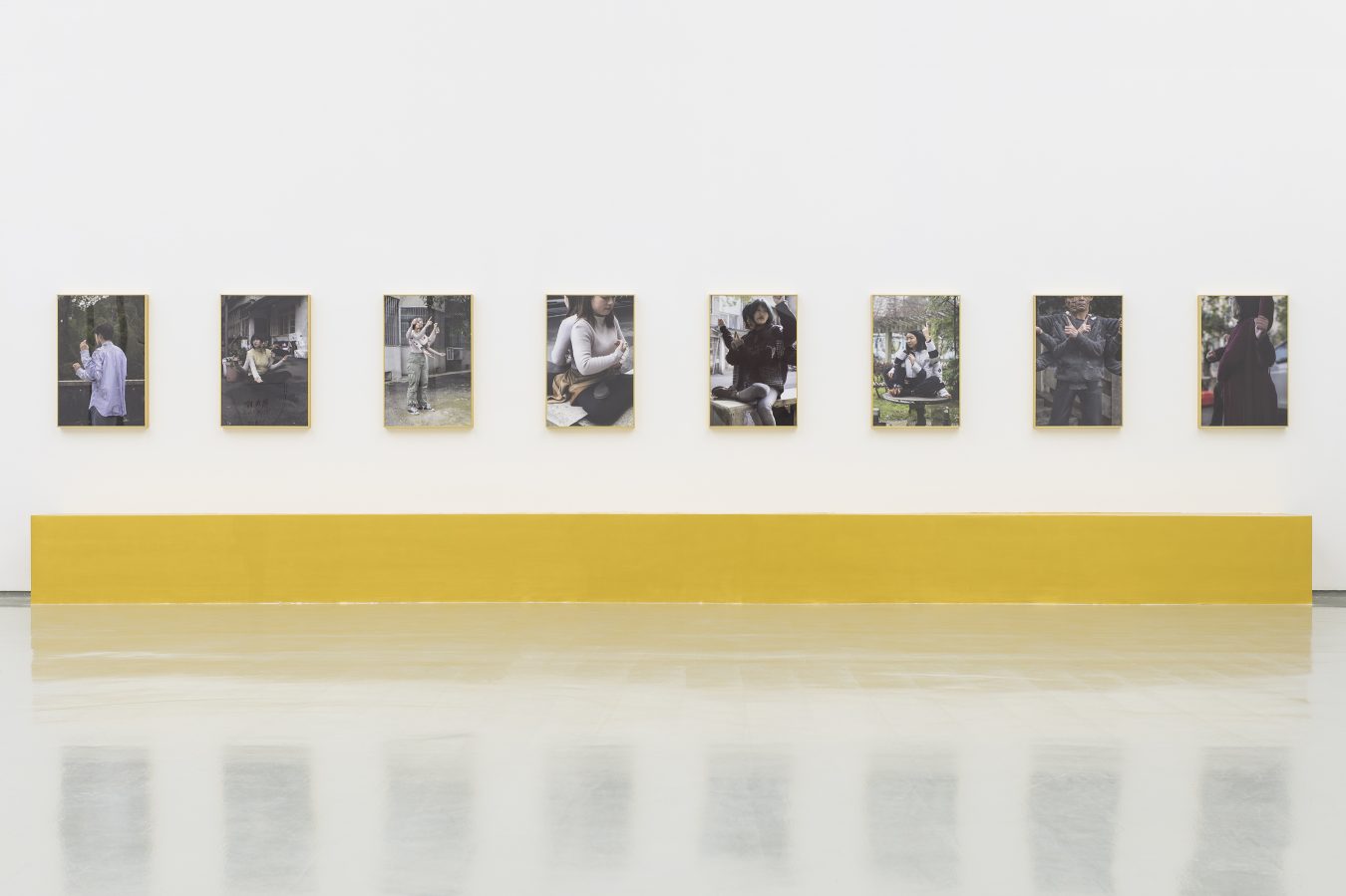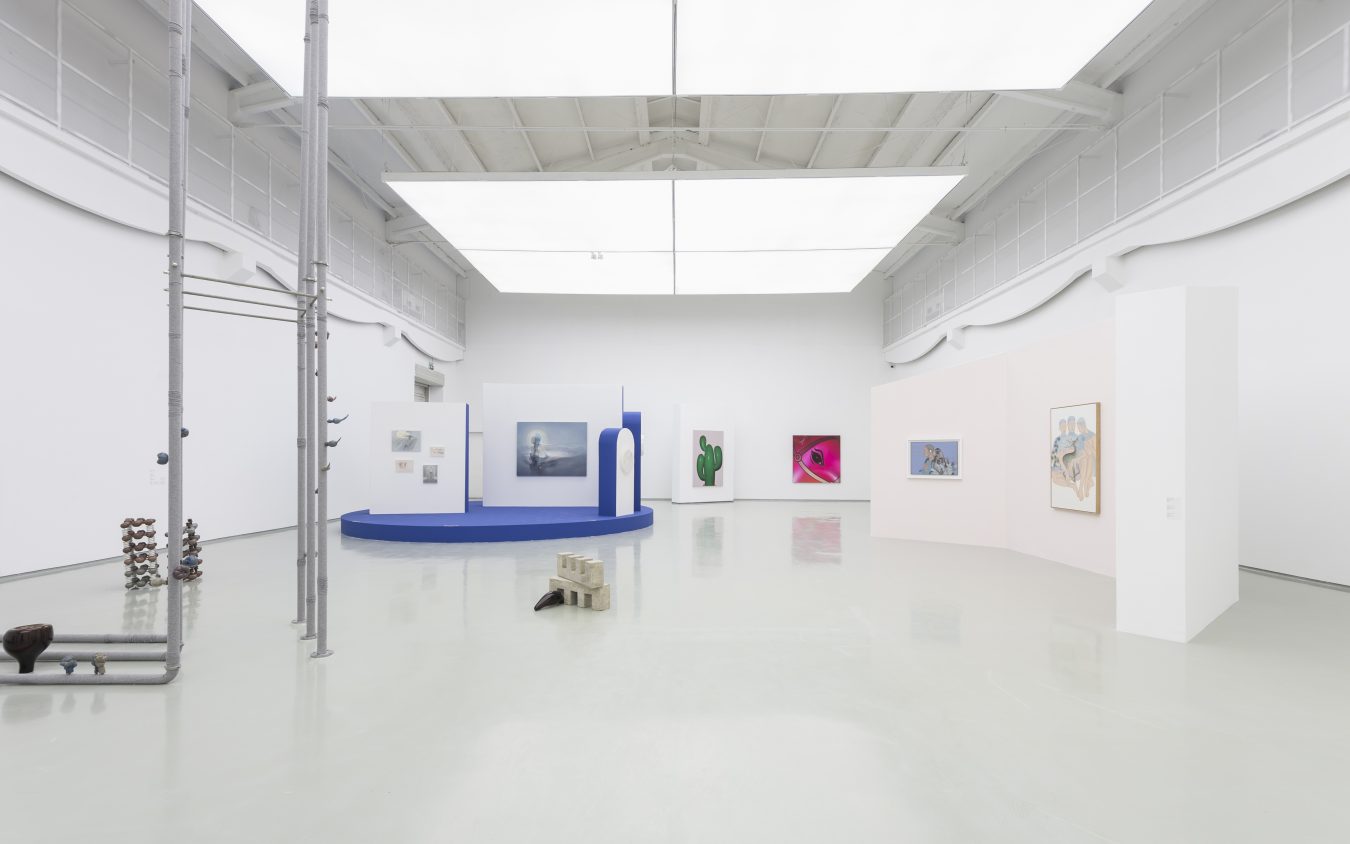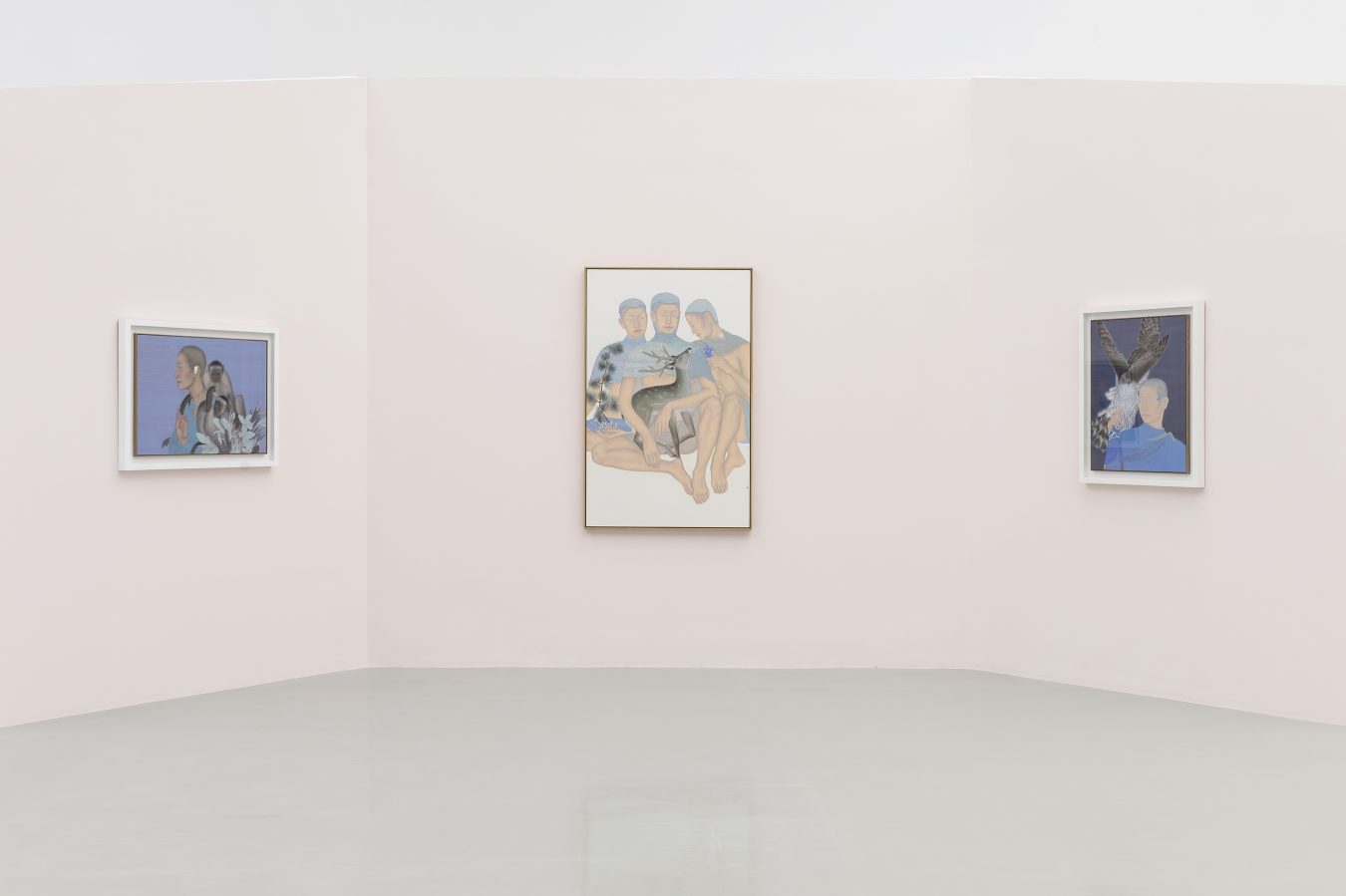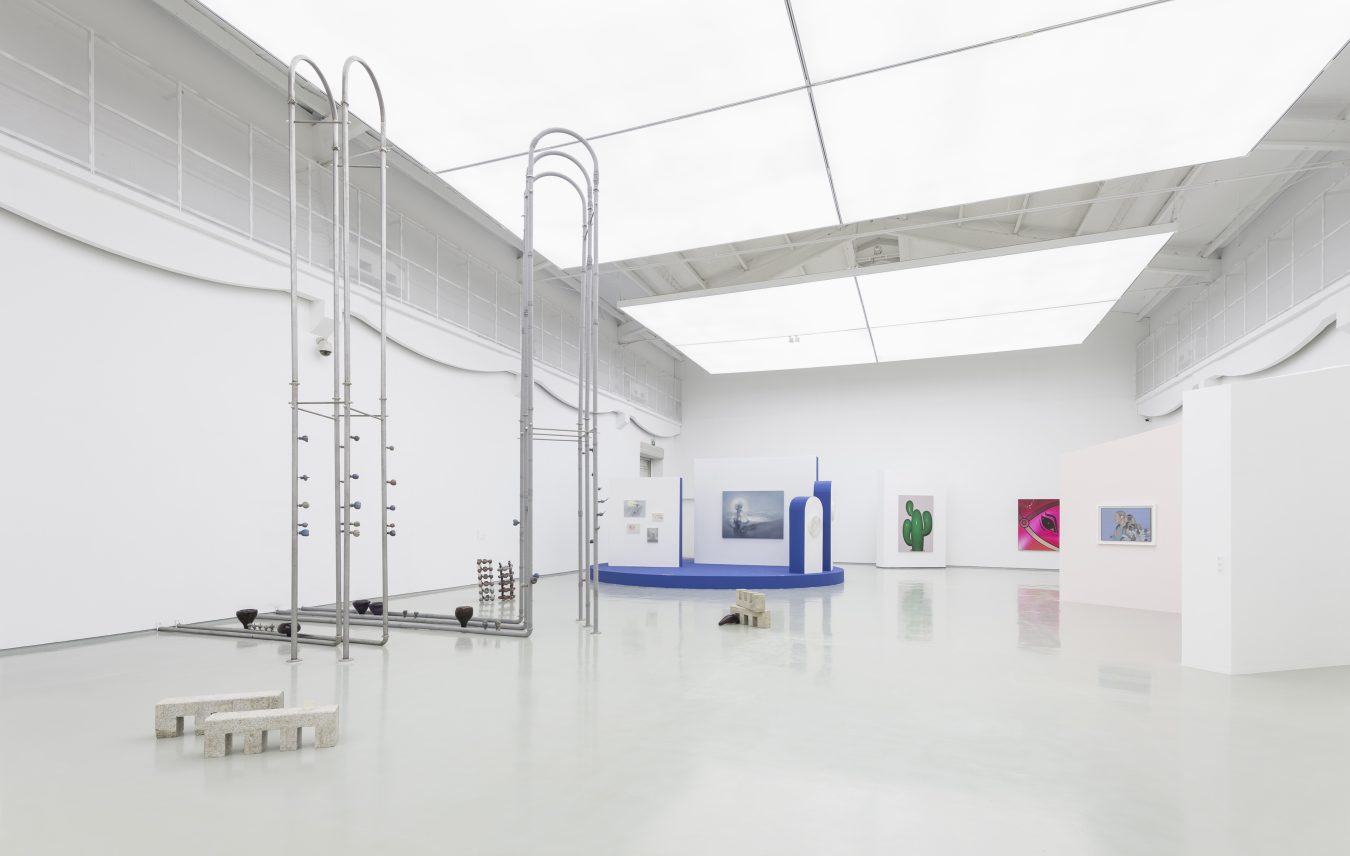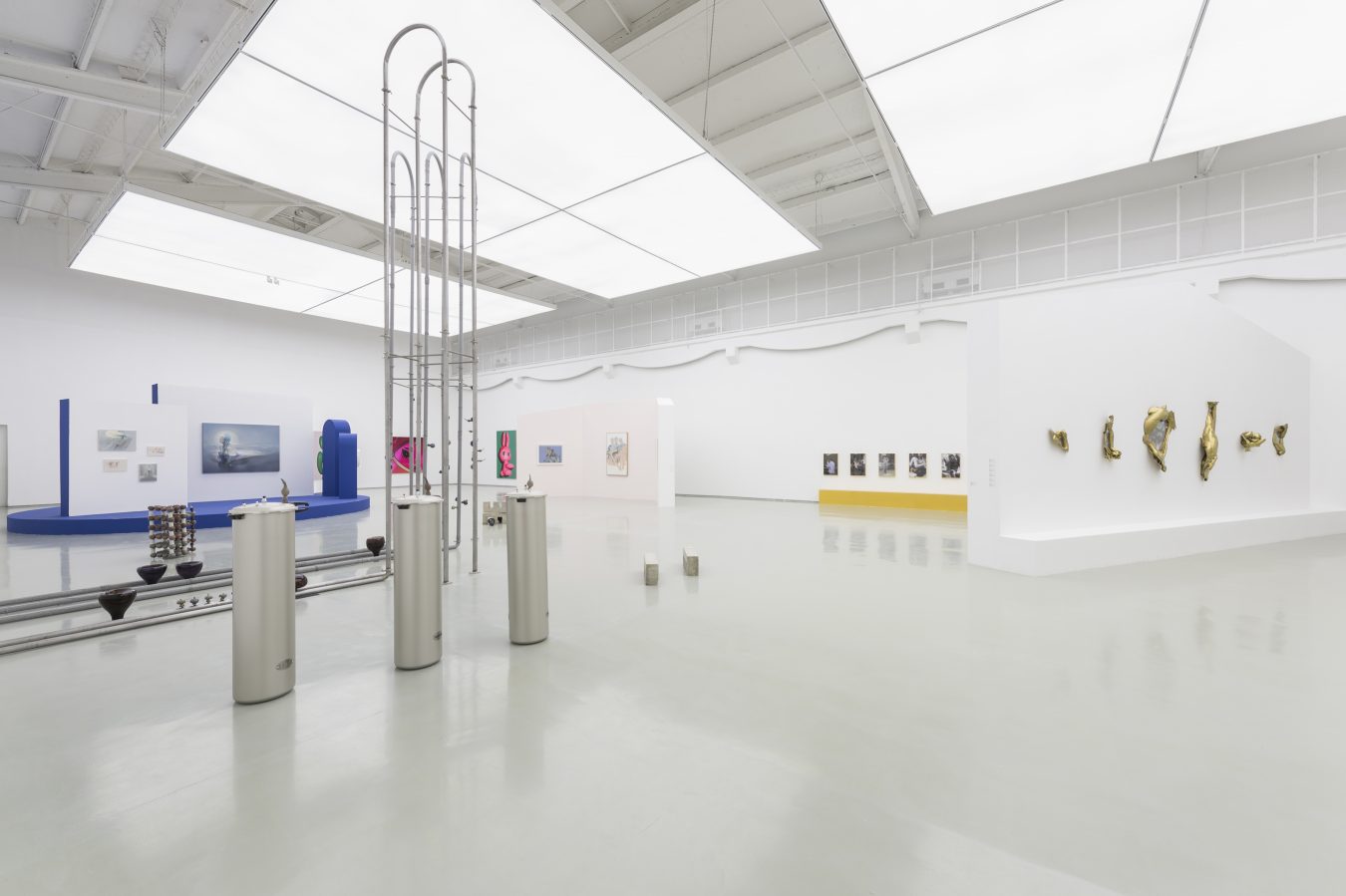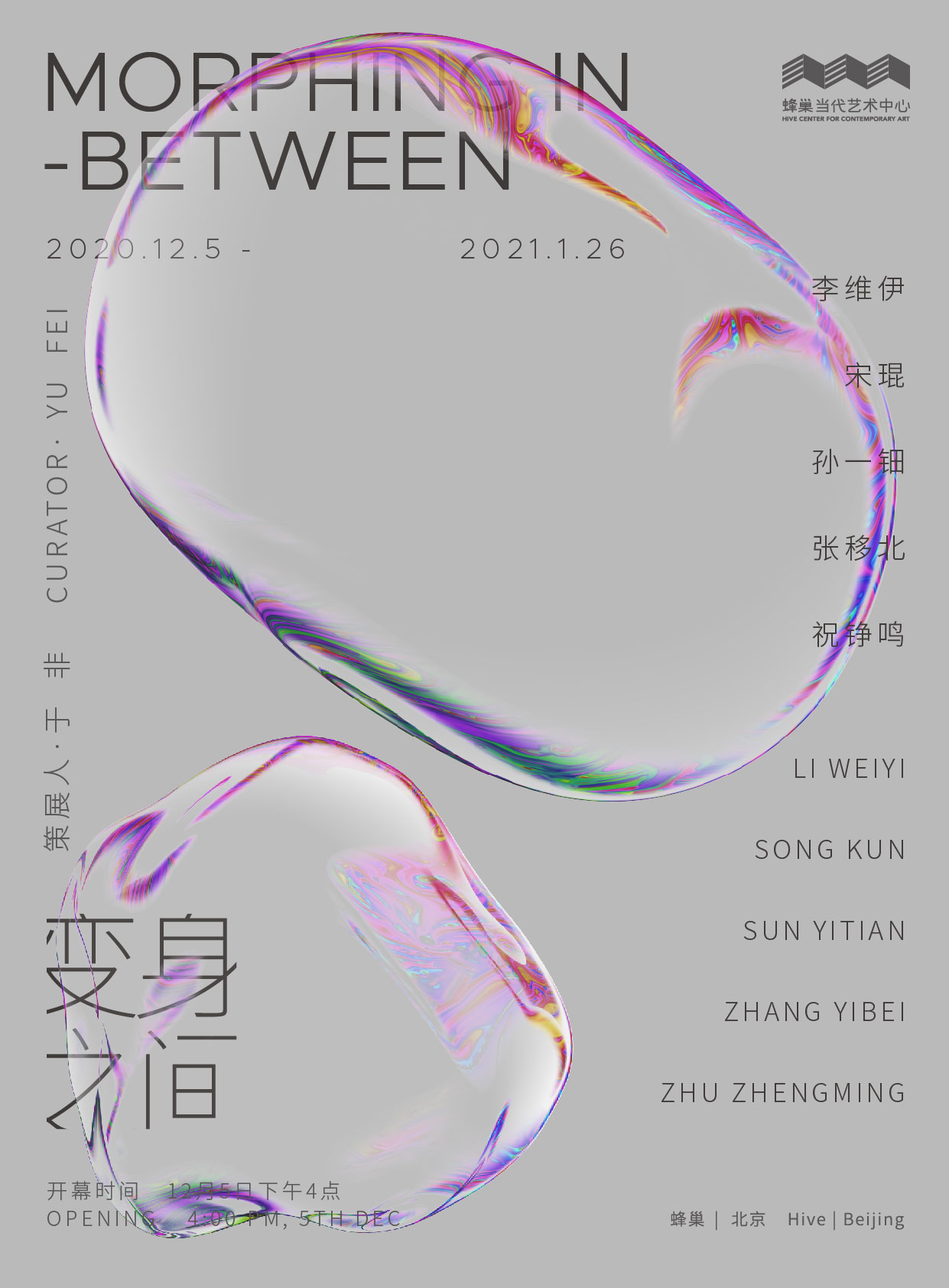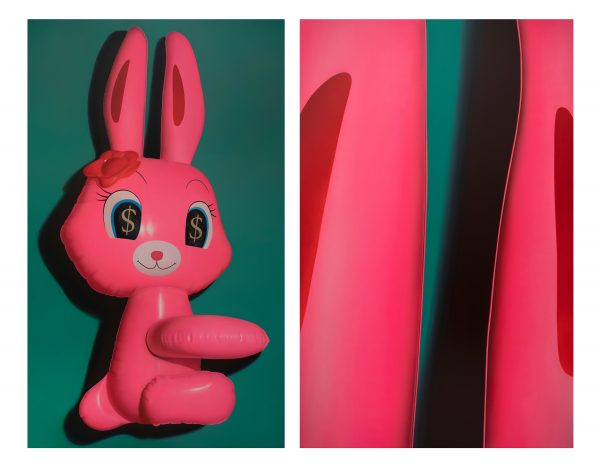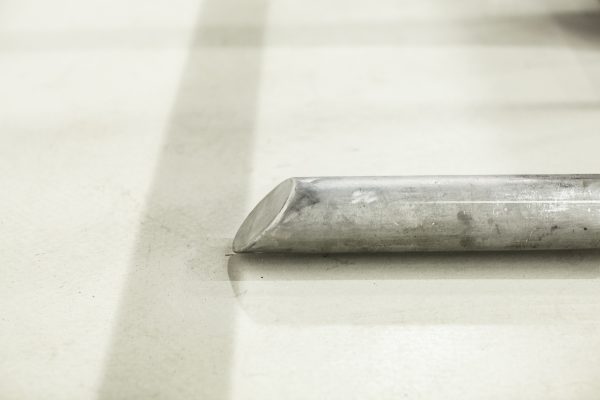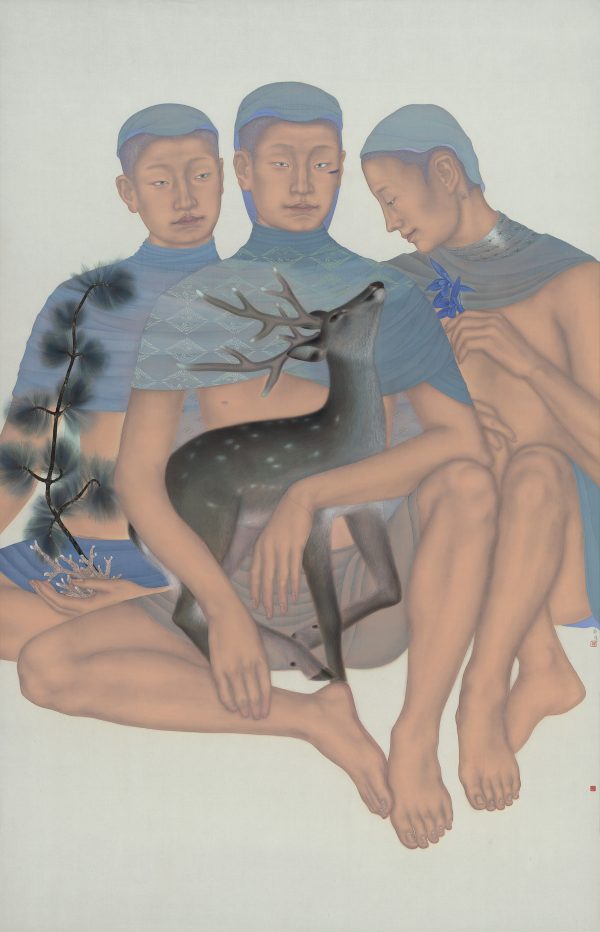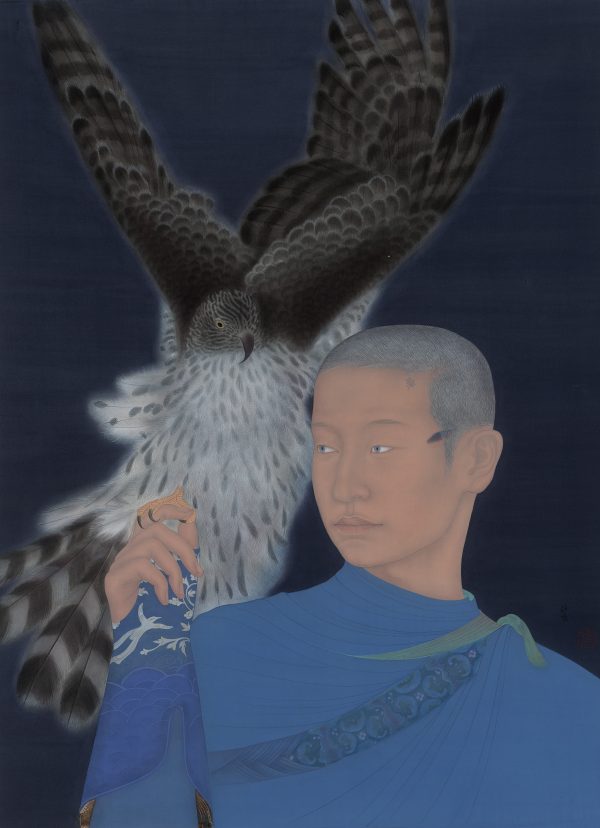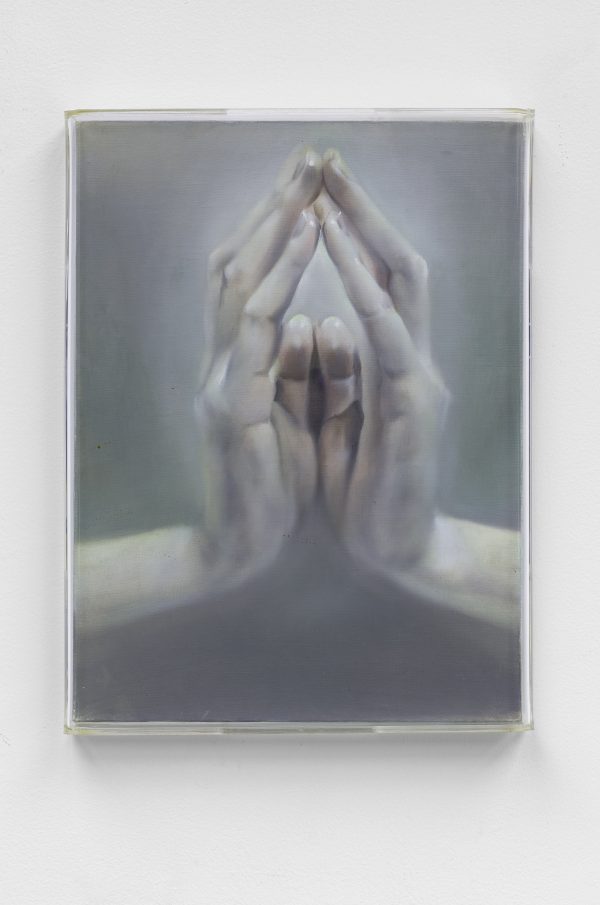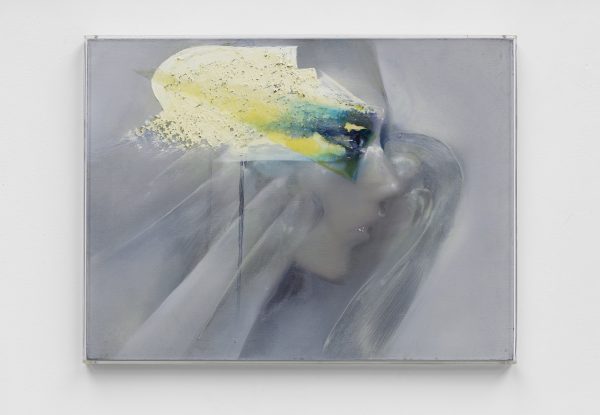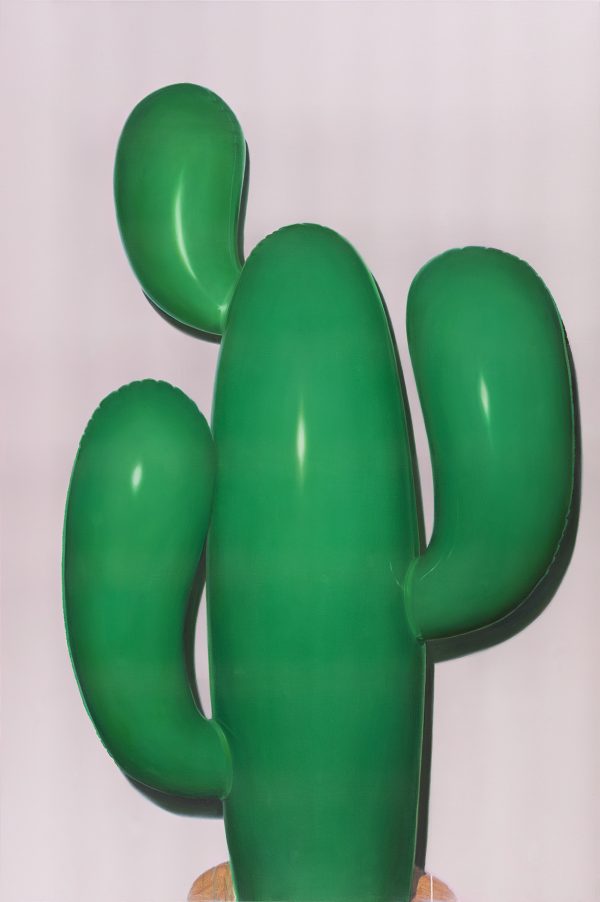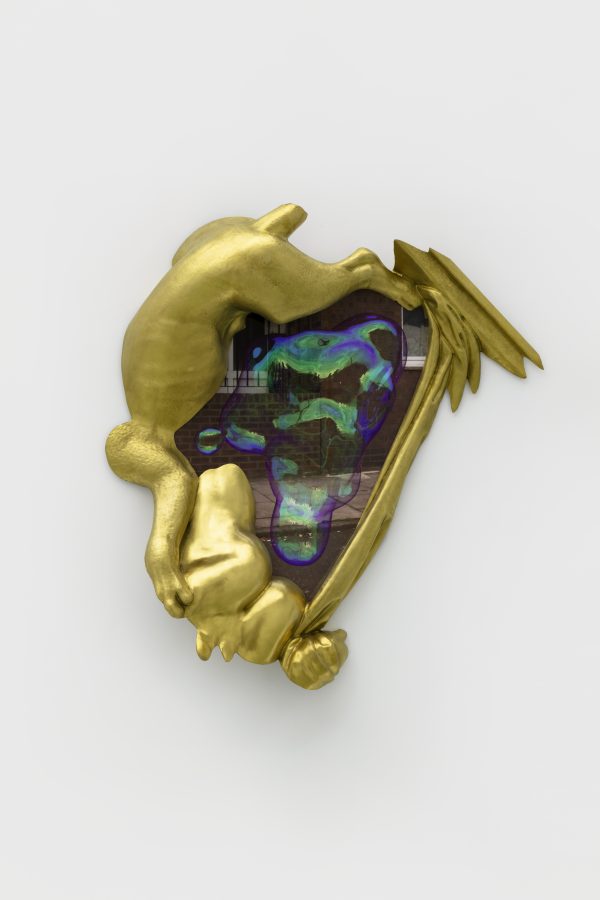
Li Weiyi
2020. Gold-plated stainless steel, Epson ultra giclée print. 110×103×20cm.
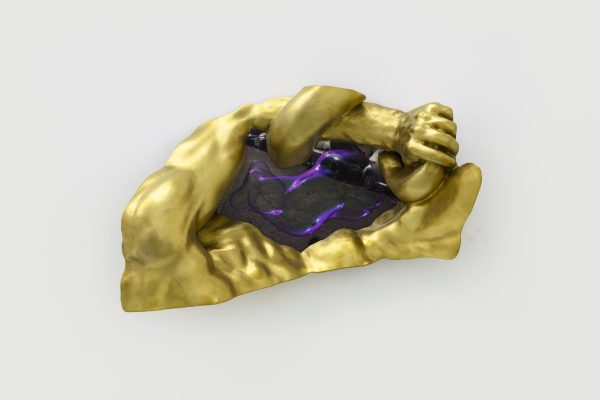
Li Weiyi
2020. Gold-plated stainless steel, Epson ultra giclée print. 40×58×19cm.

Li Weiyi
2020. Gold-plated stainless steel, Epson ultra giclée print. 142×62×21cm.
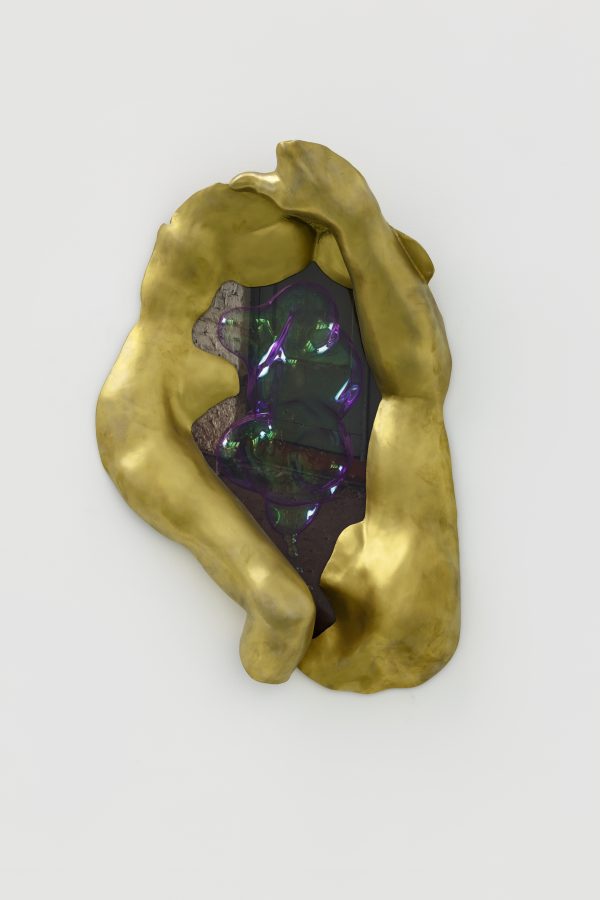
Li Weiyi
2020. Gold-plated stainless steel, Epson ultra giclée print. 65×45×13cm.
Hive Center for Contemporary Art is honored to announce the opening of the group exhibition Morphing in-between at exhibition hall A from December 5, 2020, to January 26, 2021. As a part of the Beijing 798 Art Festival series, this exhibition is curated by Hive curator Yu Fei, featuring works of artists Li Weiyi, Song Kun, Sun Yitian, Zhang Yibei, and Zhu Zhengming. The artists exercise paintings, sculptures, installations, and other media in their works to achieve the transformation of the body and the replacement of identities outside of reality and to form independent ecologies that comparatively differ in structure but distinctly remain self-consistent.
Through a search engine, you can refer the “transformation” in animation to “a fictional change of the body”, which comes directly from a Japanese word meaning the shape-shifting skill and is widely applied as a basis of Nijigen or ACG culture. It’s certainly quite a familiar thing to us. With special abilities or magic, teenage characters, boys or girls, and divine animals and fairies can always get to transform their bodies at critical moments, and, for a limited time, they will have the abilities or upgraded mechanisms to eventually save the day. As the audience and game-players, we’ve grown used to the recognition of “transformation” as an exclusive element or privilege of all the fictional worlds in popular culture. If we can see through the dimension wall and connect different parts of time and space, we’ll find that there is a rather complicated and long history of “transformation”.
As certain mythologies coincidentally tell us that the human body was developed from dust, primitive religions believe that our ancestors transformed from certain animals, plants, or nonliving matter, ancient Greek deities were all born from different things in the natural world and can shift their shape into anything, and alchemists spent over a hundred years trying to turn stone into gold and create humanlike beings. Besides, there are innumerable grotesque fantasies about it in epics, fables, fairy tales, and mystery novels – folk stories passed down orally. All these multi-ecosystem ensembles are rooted in the depths of history and woven evolutionarily in alternate forms such as imagination, image, oral account, and text, and they are the very key for “transformation” to take a further part in our contemporary life as an internalized common view and mysterious complex that transcends culture and time. It’s in this context when artists can enjoy the freedom of imagination about the body, existence, and life.
Coincidentally, the five artists of the exhibition all make art characteristic of “biodiversity”, and, while connecting different iconographic systems and material elements, they construct images not stereotyped and multiple identities not easily recognized. Not content with making curious visual figures, they are more willing to cultivate mechanisms that can grow freely and develop cultural ecosystems accordingly. In this sense, the body is the field where every story begins, the tool to kick off the ritual of icon-making, and also the vessel of identity with infinite possibilities. So the artists are making their icons and creating extraordinary totems and spectacles. By breaking the physical boundary of the body, they have been drifting outside some conspicuous reality and wandering freely across different myths, religious systems, and popular cultures, as if they had the access to a door that can fetch you anywhere anytime.

